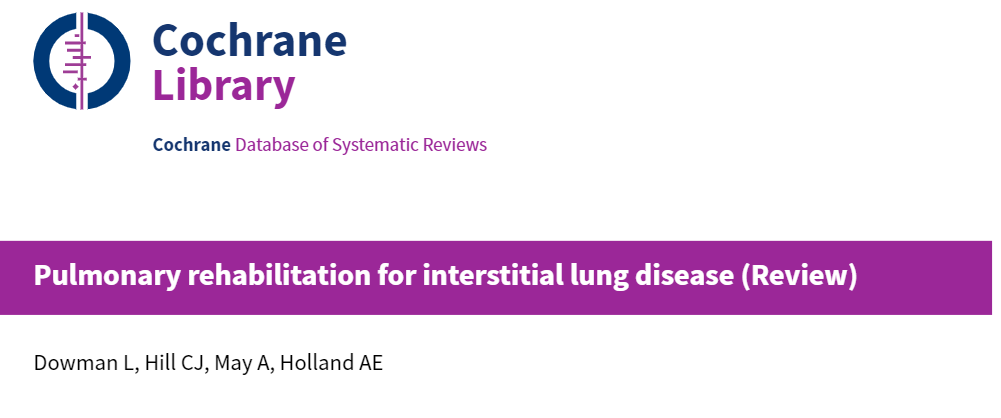Innovation
Pulmonary rehabilitation likely improves exercise capacity, symptoms, and quality of life, and can be safely conducted in individuals with interstitial lung disease (ILD), including those with idiopathic pulmonary fibrosis (IPF). These findings support the inclusion of pulmonary rehabilitation as part of the treatment for individuals with ILD. Future studies should explore ways to promote longer-lasting improvements following exercise training, particularly for those with IPF where exercise training strategies yield the greatest benefit.
Evaluation System
Six-Minute Walk Distance (6MWD): Measured by the distance a patient can walk in six minutes.
Peak workload: Measured in watts.
Peak oxygen consumption (VO2 peak): Measured in mL/kg/minute.
Peak ventilation: Measured in litres per minute.
Dyspnoea questionnaires: To assess respiratory distress.
Health-related quality of life questionnaires: These include the Chronic Respiratory Disease Questionnaire (CRQ) and the St George's Respiratory Questionnaire (SGRQ).
Assessment
The activities conducted with patients with interstitial lung disease (ILD) during pulmonary rehabilitation include:
Endurance training: Walking, cycling, or a combination of these modalities.
Strength training: Resistance exercises.
Disease education: Information on symptom management and breathing techniques.
Flexibility exercises: Stretching to improve mobility.
Most programs are conducted in an outpatient setting and last between eight and twelve weeks, though they can extend up to 48 weeks. They can also be performed at home or through tele-rehabilitation.
References
Dowman L, Hill CJ, May A, Holland AE. Pulmonary rehabilitation for interstitial lung disease. Cochrane Database of SystematicReviews 2021, Issue 2. Art. No.: CD006322. DOI: 10.1002/14651858.CD006322.pub4.








